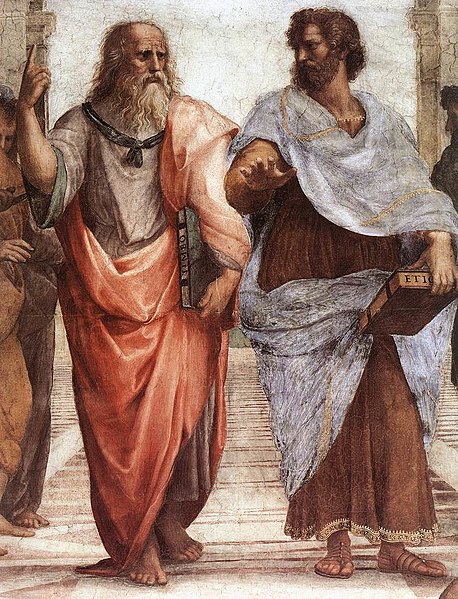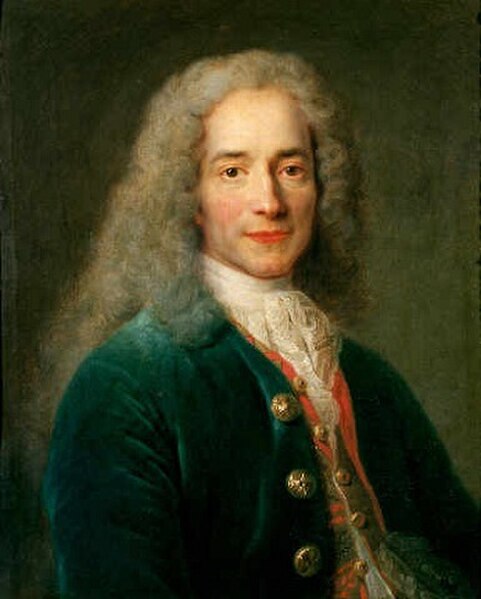The watchmaker analogy or watchmaker argument is a teleological argument, an argument for the existence of God, originating in natural theology, which is often used to argue for the concept of intelligent design. The analogy states that a design implies a designer, by an intelligent designer, i.e. a creator deity. The watchmaker analogy was given by William Paley in his 1802 book Natural Theology or Evidences of the Existence and Attributes of the Deity. The original analogy played a prominent role in natural theology and the "argument from design," where it was used to support arguments for the existence of God of the universe, in both Christianity and Deism. Prior to Paley, however, Sir Isaac Newton, René Descartes, and others from the time of the Scientific Revolution had each believed "that the physical laws he [each] had uncovered revealed the mechanical perfection of the workings of the universe to be akin to a watch, wherein the watchmaker is God."
Charles Darwin in 1880
Richard Dawkins
The teleological argument is an argument for the existence of God or, more generally, that complex functionality in the natural world which looks designed is evidence of an intelligent creator.
Plato and Aristotle, depicted here in The School of Athens, both developed philosophical arguments addressing the universe's apparent order (logos)
The fifth of Thomas Aquinas' proofs of God's existence was based on teleology.
David Hume outlined his criticisms of the teleological argument in his Dialogues Concerning Natural Religion.
Voltaire argued that, at best, the teleological argument could only indicate the existence of a powerful, but not necessarily all-powerful or all-knowing, intelligence.






